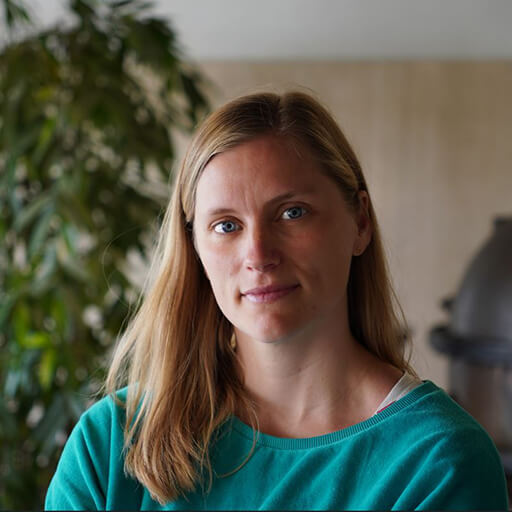Using Laser Pulses to Smooth the Way for Transplanted Retinal Ganglion Cells in Glaucoma

About the Research Project
Program
Award Type
Postdoctoral Fellowship
Award Amount
$150,000
Active Dates
July 01, 2023 - June 30, 2025
Grant ID
G2023002F
Mentor(s)
Katrien Remaut, PhD, Ghent University (Belgium)
Goals
The aim of this project is to pilot the use of laser pulse technology to facilitate successful transplant of donor retinal ganglion cells in glaucoma.
Summary
For cell transplants to be most efficient as a glaucoma treatment, the cells must get past a membrane barrier to the retina. Current methods to open this membrane risk collateral damage to the tissues. Karen Peynshaert, PhD, and her colleagues are working on a way to perforate the membrane as little as possible to allow passage of transplanted cells.
Cell transplants in glaucoma consist of retinal ganglion cells from a donor that are injected into the eye. From the point of injection, the cells must migrate to the retina where, with signals from the barrier membrane, they can become established as replacement ganglion cells. Dr. Peynshaert and coworkers have developed a laser-based method to create the smallest possible opening in the membrane for cell passage while ensuring that the membrane can still send these important signals.
The cutting-edge process involves pulsing laser beams at a heat-absorbing dye added to the target area. Under the heat stimulus, the dye will produce tiny bubbles of hot vapor that last less than the blink of an eye. As the bubbles collapse, they release little bursts of energy, disrupting the membrane only in that space and opening the way for cells to pass.
Dr. Peynshaert and her colleagues plan to test this controlled perforation of the membrane in lab models, tracking the success of the transplants and the safety of the process. If successful, the method will offer a controlled, targeted way to create this passage for cells while causing the least disruption to important structures of the eye.
Unique and Innovative
In contrast to the current methods applied to disrupt the inner limiting membrane (ILM), our biophotonic technology would be able to manipulate the ILM in a controlled manner. Our technology combines conventional methods available in the clinic, e.g. intravitreal injection and laser application in the eye, with the innovative concept of vapor nanobubble formation by pulsed laser irradiation of indocyanine green, an FDA-approved photothermal dye. A unique asset of this pulsed laser technology is the concept of spatial control: we can direct our treatment to specific regions in the retina.
Foreseeable Benefits
Replacement of lost RGCs by stem-cell derived RGCs could provide a cure for glaucoma-related vision loss. Yet, the inner limiting membrane (ILM) was identified as a dominant barrier thwarting donor RGC engraftment into the retina. Here, we test if ILM photodisruption can safely manipulate the ILM in such a way that it can be overcome as a delivery barrier but remain extant enough to function as a guiding structure for the newly transplanted RGCs. If successful, ILM photodisruption could serve as a transformative technology propelling the field of RGC replacement forward.
Grants
Related Grants
National Glaucoma Research
Saving Sight: A Journey to Healing Without Scars
Active Dates
July 01, 2024 - June 30, 2026

Principal Investigator
Jennifer Fan Gaskin, MBChB, MD, FRANZCO
Current Organization
Centre for Eye Research Australia (Australia)
National Glaucoma Research
Retinal Ganglion Cell Axon Degeneration in a 3D Microfluidic Hydrogel Model
Active Dates
July 01, 2024 - June 30, 2026

Principal Investigator
Shruti Patil, PhD
Current Organization
Indiana University School of Medicine
National Glaucoma Research
Predicting and Detecting Glaucoma Progression With New Imaging
Active Dates
January 01, 2023 - December 31, 2024

Principal Investigator
Zhichao Wu, PhD
Current Organization
Centre for Eye Research Australia (Australia)



